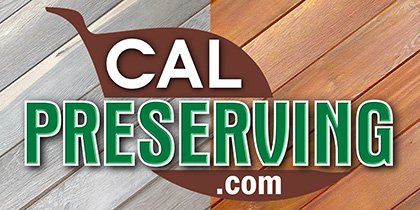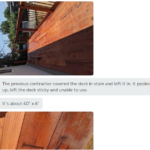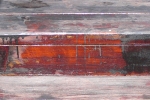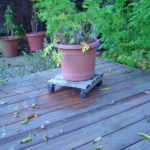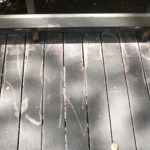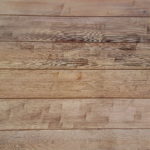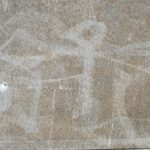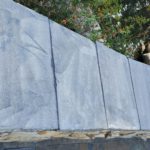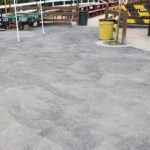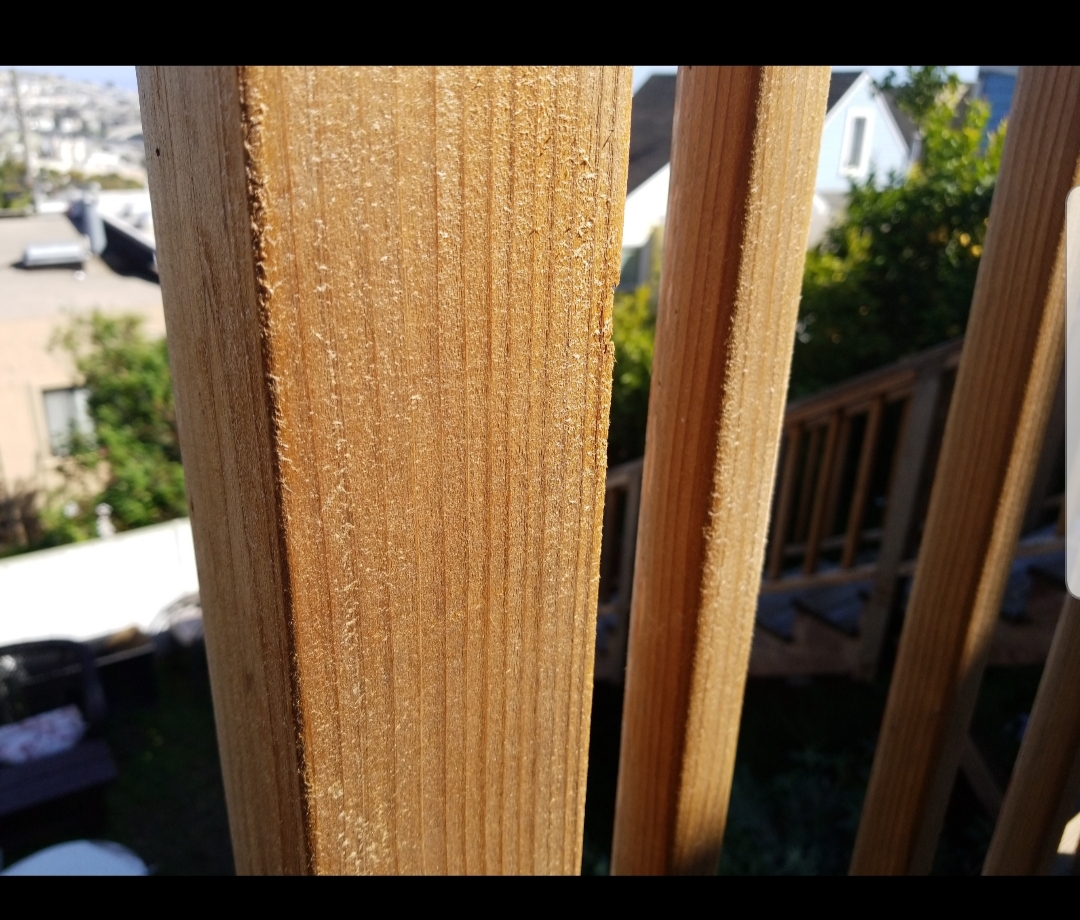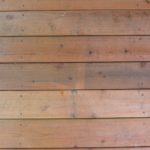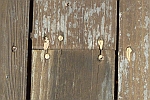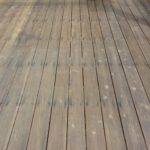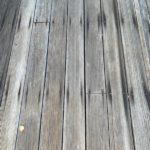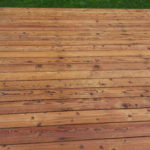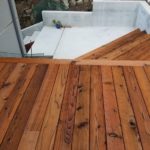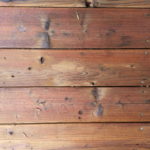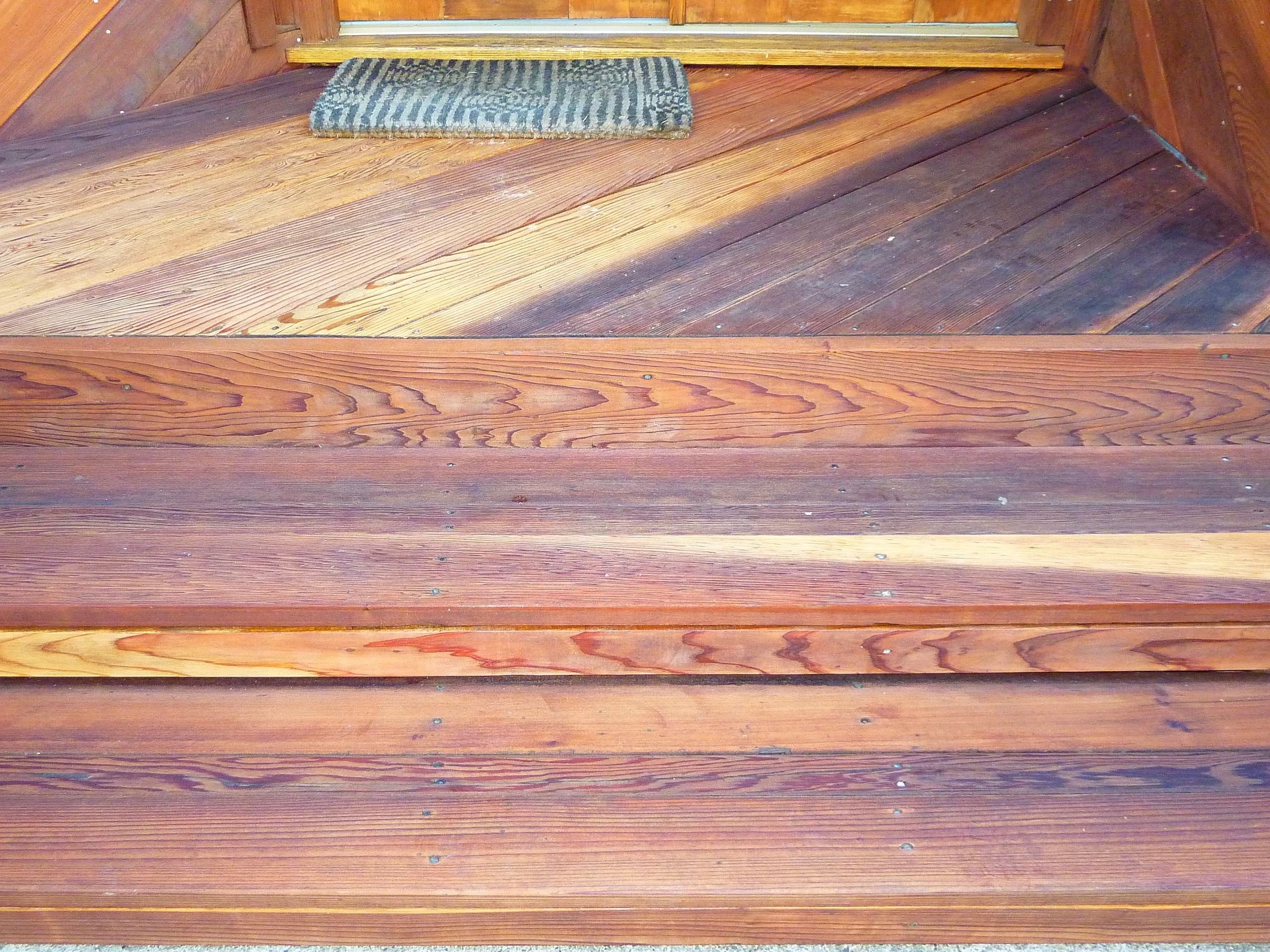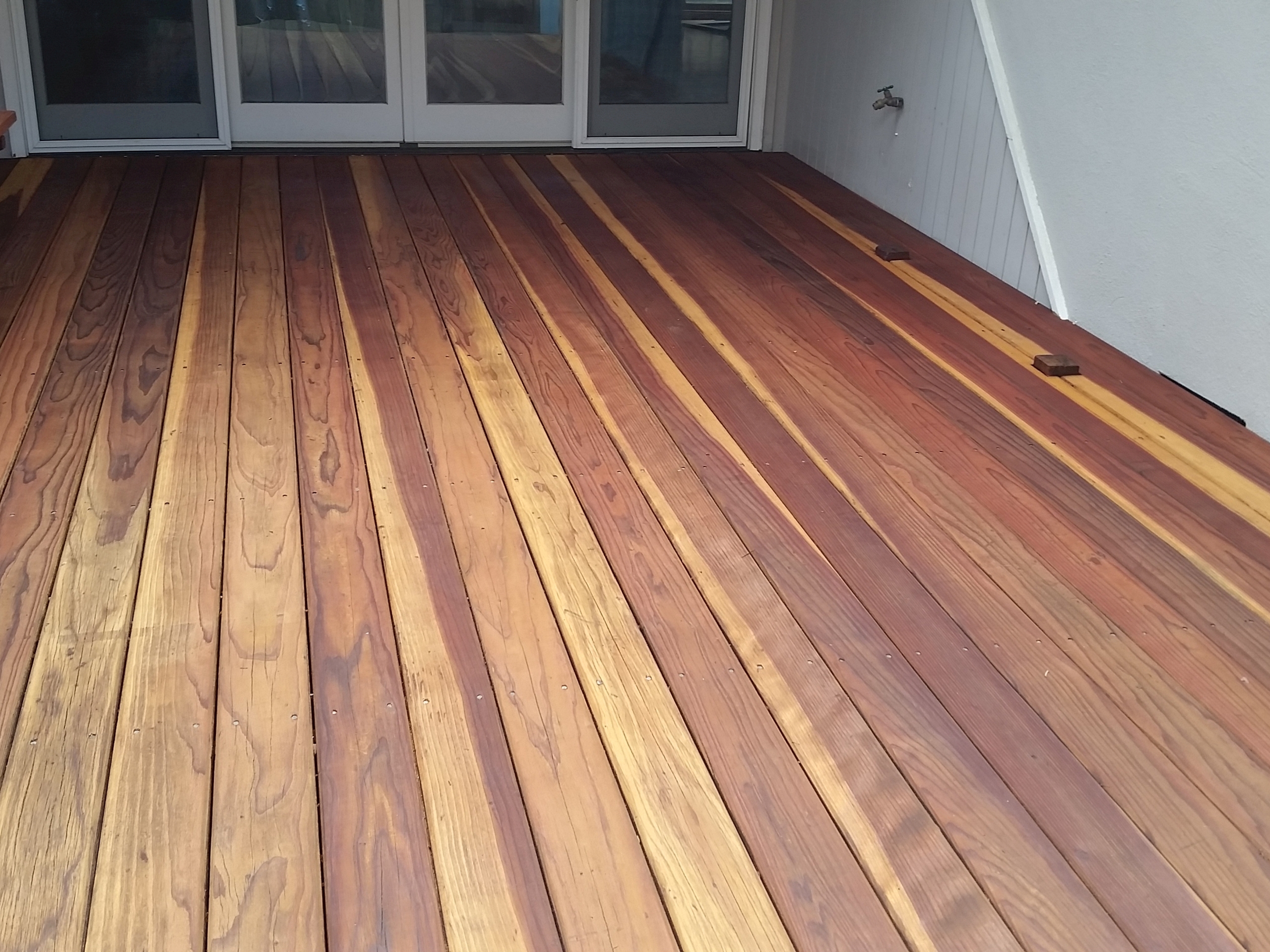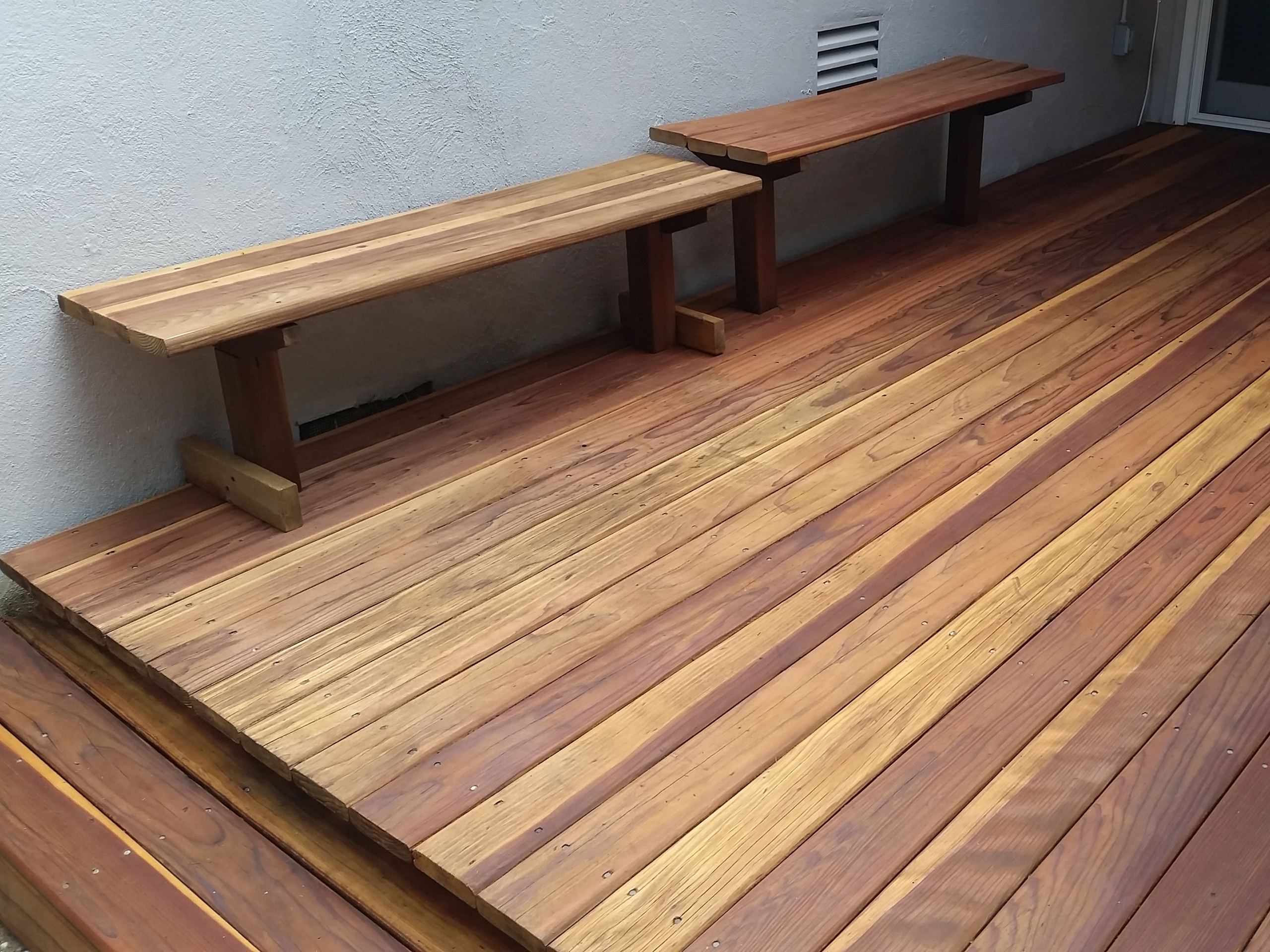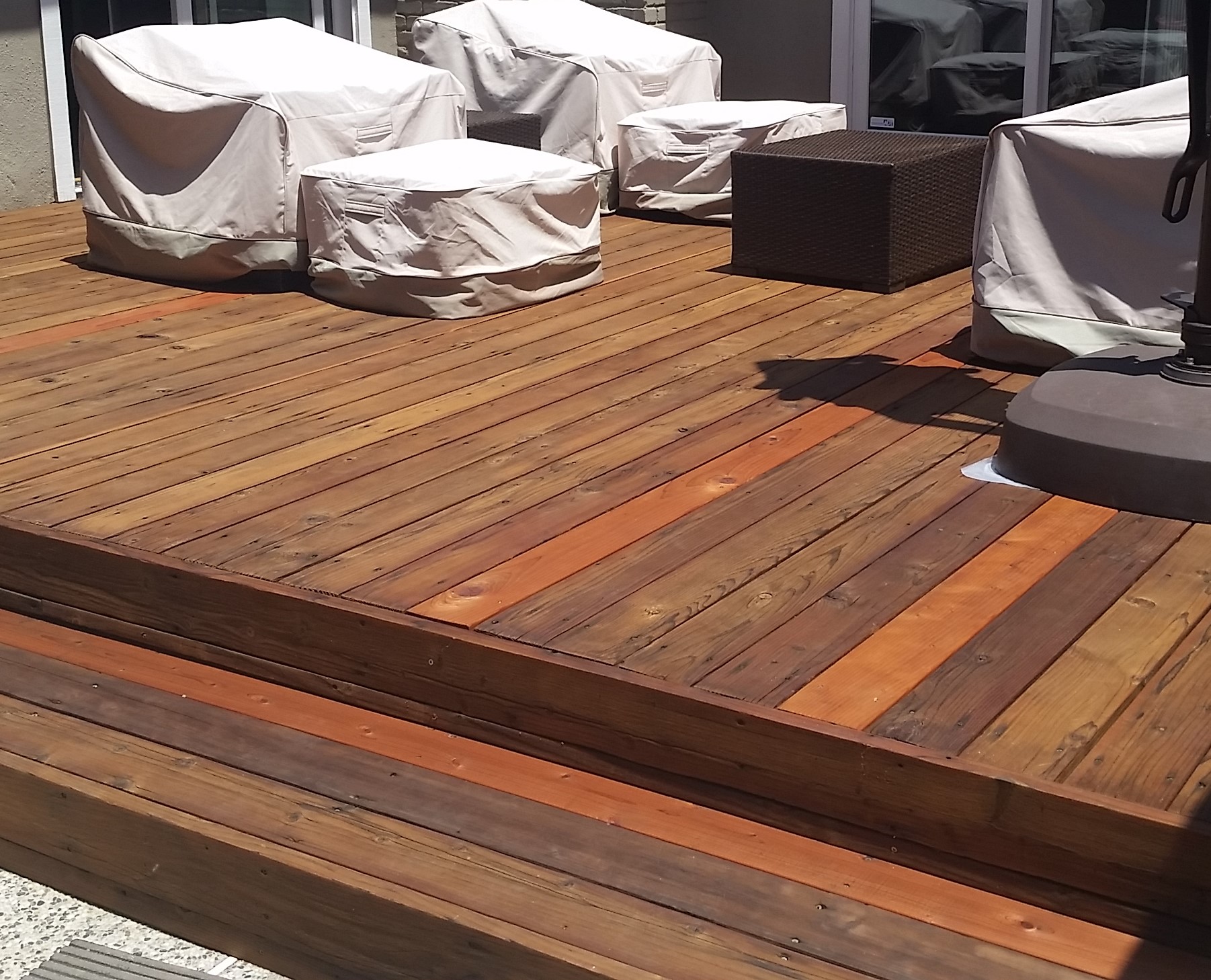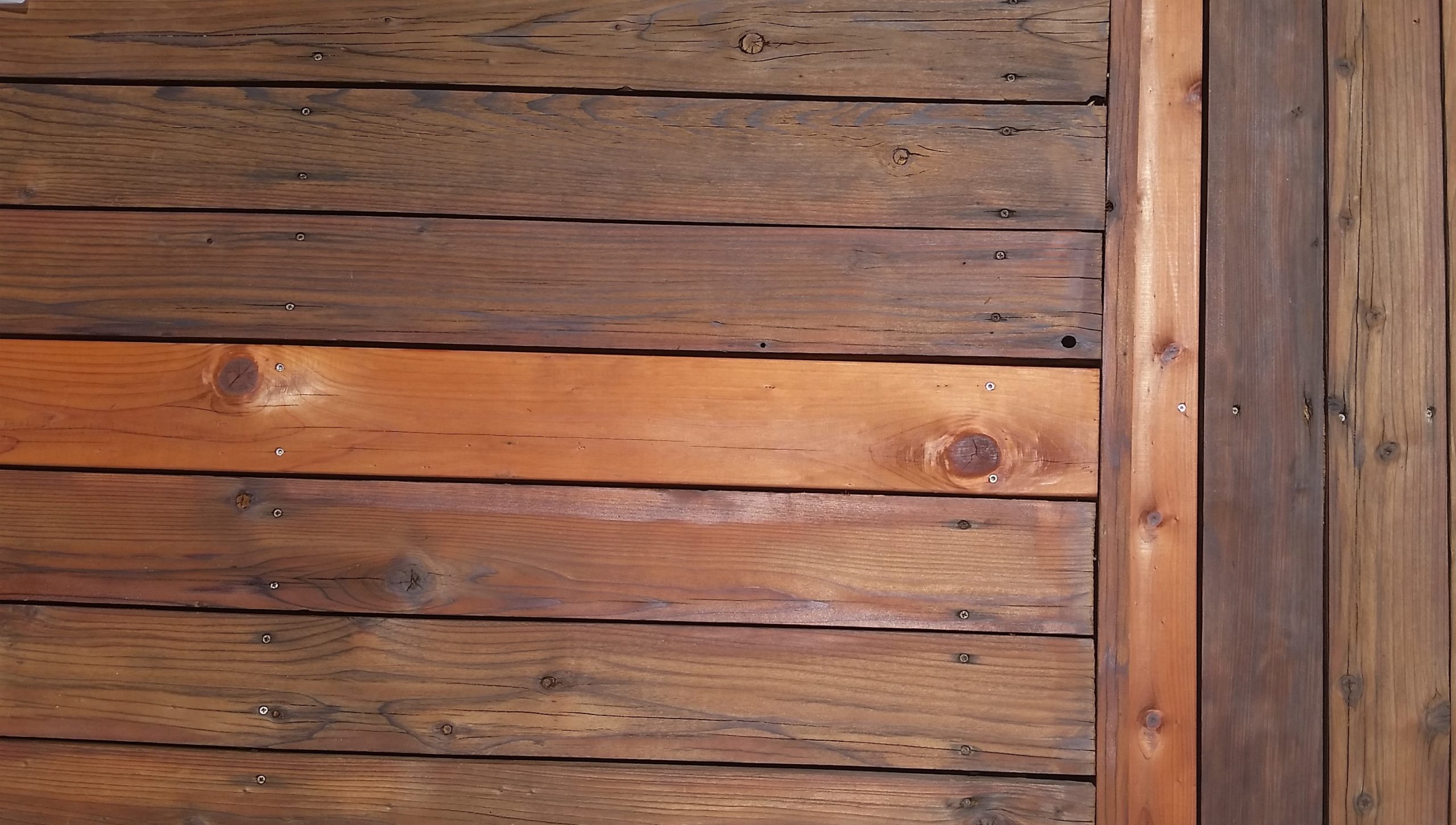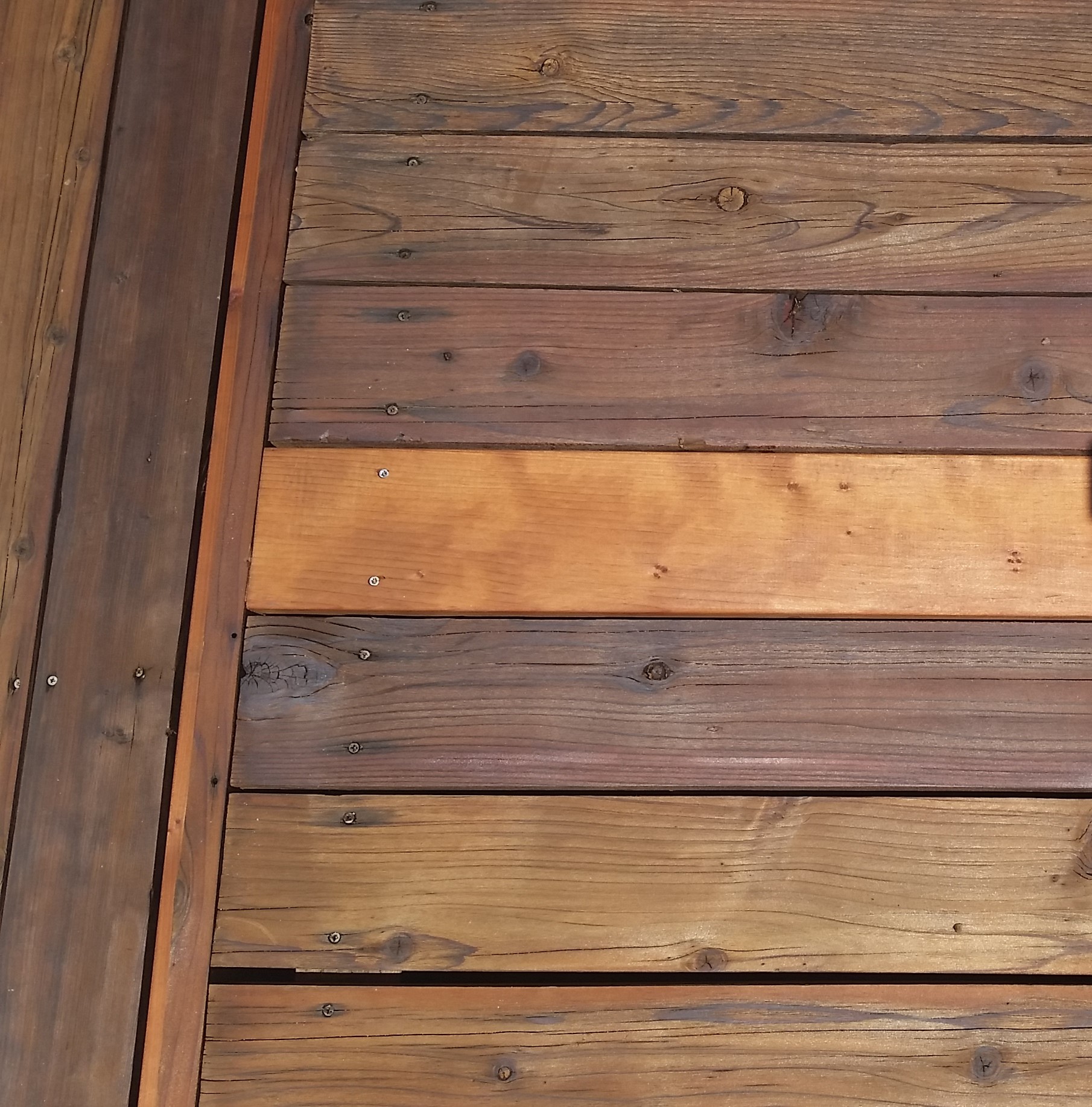FAQ – Frequently Asked Questions
How often should I maintain my deck and other wood such as siding or fence?
Horizontal (flat) surfaces need maintenance twice as often as vertical surfaces.
- If you have a deck that is in full sun (exposed to direct sunlight all day long), the preserving qualities in the preservative we use (and all other preservative and stains) will be gone in a year. If your budget permits, and you want a deck in full sunlight looking good and protected as much as possible, we recommend redoing it once a year.
- Debris from trees and shrubs builds up on or between the boards of your deck. It is a good idea to clean that debris out from between these boards once a year. The debris is most harmful in winter when moisture can be trapped. It’s like flossing your teeth…
- If you don’t have full sun exposure, there is no debris building up between the boards, or your budget can’t support re-preserving and maintaining the wood once a year, we recommend doing the work every two years.
- If you have vertical wood or siding, depending on the sun exposure, you can re-preserve and maintain the wood every 2-5 years.
The concept we promote is to maintain the wood as often as needed to avoid larger expenses due to rot that can start if it is left alone. Part of the service Cal Preserving provides is to help you manage all of the factors involved with maintaining exterior wood while keeping your overall costs as low as possible.
Just ask us and we will provide an evaluation with recommendations and help you with how to best achieve your goals within your budget.
Does my deck (and other wood) need to be preserved, stained or sealed?
You want to preserve your wood with a semi-transparent stain with just a little color (pigment) as well as a mildewcide in it. The pigment protects the wood against the harmful UV Rays from the sun and the mildewcide inhibits growth from beginning. There are also resins in the “preservative” and they help keep the wood from drying out. Using a stain with more color or an un-natural color will complicate maintenance of the wood and increase your costs dramatically.
Sealing water out of the wood is virtually useless.
What stain do you use?
We use a semi-transparent stain called Messmer’s UV Plus for Hardwoods, color Natural. We found that the blend for hardwoods better penetrates the wood without leaving a sticky sheen on.
Over three decades we have used several other products and seen even more products after heaving weathered, and we found Messmer’s best lasting while being easiest to clean and re-preserve over time.
What stain color options do you offer?
We really only use one color and it is called Natural. This is a semi-transparent stain with a very small amount of color and the color looks like the wood.
We do not recommend using other colors as they typically have to be sanded of each time you redo the deck and that can triple to cost of maintaining your deck.
How long should I stay off of the wood or my deck after it has been preserved?
You should try to stay off the deck for usually 24-48 hours. You can actually walk on it soon after we finish but you should be mindful that there might be residue on your shoes.
For teak furniture please allow 48-72 hours before sitting directly on the wood or putting cushions back on the furniture.
Do I need to preserve the IPE?
IPE does not typically or easily grow fungus or other growth that will cause it to rot. If left untreated, it will turn gray.
The true beauty of IPE is the way it looks when it’s new and since any wood can be left to gray, there is no need to pay extra for IPE. The downside is the stain wears out fast, mostly due to sun exposure, so it requires more frequent maintenance to keep it protected and looking good.
However the biggest concern about IPE is that it tends to cup, split and crack if left untreated, so the regular maintenance is highly recommended.
What do you mean by one flood coat?
This refers to the amount of stain we apply. One flood coat is enough to fill the cells of the wood and not sit on the surface of the wood.
Will you apply two coats of preservative?
No, one flood coat is the correct amount. If you apply more, it will sit on the surface of the wood and stay sticky for quite some time.
It will eventually dry, but the layer left behind will be very hard and will require sanding to remove it.
This is the most common mistake we see people have made in the past (prior to us giving an estimate) and we often times need to sand their deck to get it back to a place that can be more easily maintained.
Will you spray the stain?
No, we don't spray the stain except in hard to access areas where we only use low-pressure spray bottles.
We found that the semi-transparent stain we typically use easily floats into the air and will stick to anything it touches including plants, cars, houses, etc.
Instead, we use rollers and brushes for most applications, which is very thorough and does not have a risk of over-spraying.
Are the chemicals you use harmful to people, animals or plants?
All chemicals we use are approved by the state of California for use around people and pets.
- The stain remover and bleach (Wood Bleach or Oxalic Acid) are bio-degradable and do not harm animals or plants (unless applied directly to them in large quantities). We do not use these chemicals in large quantities at your home and they are very diluted by the time they reach the ground.
- The preservative we use is also approved by the state and complies with all VOC laws. However, if this preservative gets on plants, it can damage of kill that plant. This is why we only apply the preservative with a roller and brush. We do not spray it. We take the time, as needed, to cover or protect plants and other sensitive surfaces, if there is any chance that the “preservative” will get on it.
We do over 500 jobs a year and we very rarely have issue related to the chemicals we use.
Will there be an odor after the work is done?
Yes, and it will last 1-5 days depending on how long it takes the solvent in the preservative to dry. This is not harmful, but can be annoying if you are sensitive to odors.
I'm worried about hurting the wood with power-washing? Can I skip that step?
In order to apply a stain, we have to clean the surface first by removing the very thin, outer layer of the wood.
The most efficient way to do so, is to power-wash it. This process also speeds up the sanding that is often already time consuming (if applicable).
However, if not done properly, power-washing can cause irreversible damage to the wood like marking or gauging the wood.
All of our technicians are highly trained to not have that happen.
The photo shows some fuzziness that is very typical of power-washing. This is not damage, just wood fibers on the surface, and we do our best to minimize this fuzziness when power-washing.
If there are any surfaces, other than the ones we provide pricing for sanding, that you would like additional sanding on to make it smoother, we can do that on an hourly basis.
Can you work in the rain or if the wood is wet?
We can power-wash and apply bleach in the rain. This is the only process we can do if the wood is wet. Once the rain has passed and the wood has dried out, we can sand and apply the preservative.
We do work all year around and we manage the job appropriately to achieve the best result possible.
Why do you use wood brightener on the new wood?
We use a wood brightener, also known as wood bleach. This is oxalic acid and it occurs naturally in nature and is non-toxic. It is not a chlorine bleach base product.
When it comes to preserving or staining your new deck (or any other new wooden structure), we always bleach if first to remove any marks from the lumberyard and from the construction process.
Bleaching also helps to open the pores in the wood for better penetration of the preservative.
Will you use wood putty or filler to fill the holes?
It turns out that wood putty does not work on exterior natural wood. It’s very unsightly and it falls out really quickly because the wood expands and contracts.
A good way to fix a hole in a piece of exterior natural wood is to replace the board. There will be a noticeable difference in color between the new and the older boards.
How can I get rid of the dark marks around the screws or nails on my deck?
These dark marks are caused by the screws and nails that are not stainless steel.
Spraying the wood with wood bleach will make it look a little better, but this bleeding will come back in time. Unfortunately, the only way to minimize the bleeding and these dark marks is to replace all the screws or nails to stainless steel.
Why is the stain coming out of the wood creating the drip marks?
This is actually not the stain dripping. It is the tannic acid bleeding out from inside the wood. Unfortunately there is nothing that can be done to stop it and it just needs to continue until all the tannic acid is out.
Luckily, it it is a water soluble substance, unlike the stain which is an oil-based substance, so it wipes off fairly easily with water (or warm water) and a rag.
What are the darker areas with spots?
This is probably due to knots in the wood (lower grade wood has more knots). These knots are not that visible when the wood is weathered or dirty, because it’s all dark before we start the cleaning process.
After we clean it, the knots become visible due to the fact that they are very dark and the rest of the wood is lighter (with reddish or orangish tone). This is normal and to be expected. There is really nothing to be done about making the wood more even other than replacing the wood with wood that does not have knots or applying solid stain or paint to hide the color of the knots.
Why do the stained boards differ in color so much?
Not all wooden boards look the same. Inner sections of the tree, closer to the trunk, are called heartwood and the outer layers, are sapwood. Heartwood is reddish while sapwood is whiteish.
When wood is weathered, it is very difficult to tell if there is both heart- and sapwood or just heartwood.
The stain we use is very transparent and will not hide or blend the different colors together. In fact there is nothing that can be done short of painting the wood or replacing it to address the color differences.
This is largely a color issue, not a quality of materials issue (although all-heart wood is better quality), and with regular maintenance by Cal Preserving we can protect any type of exterior wood for as long as it can be protected.
Why does my wood look uneven and a bit blotchy?
This is very common and it does usually even out in a few weeks.
Wood is very different from board to board and even within each board. There are >different densities due to different anomalies in the tree and they cause the stain to get absorbed and look slightly differently.
Will the newly replaced boards stand out and look different then the rest of the wood?
Yes. It is nearly impossible to make a new board look like an older board. We highly recommend against doing anything to try to make them match e.g. apply a few coats or a darker stain as it will be a short term fix and will end up not matching in time and creating other issues. The boards will blend together over time.
Will you lower the price to match the competitor's?
We have a policy of not matching prices from other companies or contractors.
We’ve seen other companies' work and it varies greatly form one to another and does not cover as many bases as we do.
We are very familiar with our process and the time needed to perform that work and we run a narrow profit margin, so we know our pricing is fair.
Cal Preserving stands behind its product and if there are any issues, we quickly return and take care of them.
It is our policy that we do not take any money until the work is done and our customer is happy.
